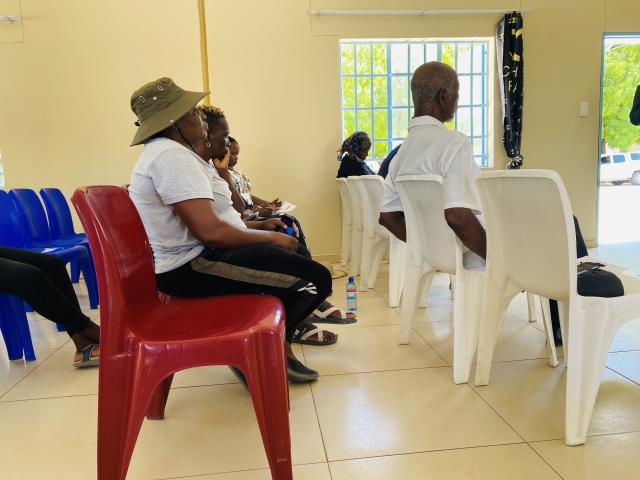
OMUTHIYA, 04 December 2025 - Business owners from within Omuthiya attending the consultation meeting on the Namibia Investment Promotion Bill. (Photo by: Max Henrich) NAMPA
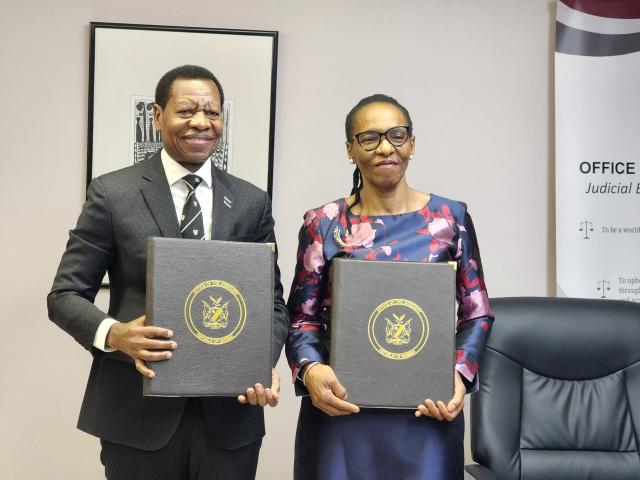
WINDHOEK, 04 December 2025 - Chief Justice Peter Shivute pictured with Chief Justice of South Africa, Mandisa Maya. (Photo by: Molly Weyulu) NAMPA

NKURENKURU, 04 December 2025 - Newly elected councillor of the Ncuncuni Constituency in the Kavango West Region, independent candidate Michael Naiteta. (Photo: Contributed)

EPUKIRO - Mervin Mbakera, head coach of Southern Stream First Division League outfit Mariental Sport Club. (Photo: Contributed)

WINDHOEK, 03 December 2025 - A delegation from ReconAfrica, Namcor, and BW Energy Management met with President Netumbo Nandi-Ndaitwah at State House on Wednesday. During the meeting, they committed to collaborating with the government on energy initiatives. (Photo: Contributed)

ONANKALI, 27 November 2025 - Head of Rural Water Supply in the Oshikoto Region, Stephenson Tuukondjele. (Photo by: Eba Kandovazu) NAMPA

ONALUKULA, 25 November 2025 - An empty community water tank in Onalukula. (Photo by: Eba Kandovazu) NAMPA

ONALUKULA, 25 November 2025 - Resident and member of the Onalukula water committee, Ndahafa Haimbodi. (Photo by: Eba Kandovazu) NAMPA

A plant is silhouetted against the last supermoon of the year, also called the "Cold Moon", as seen in Los Angeles, California on December 4, 2025. (Photo by Frederic J. BROWN / AFP)

New Zealand's Michael Bracewell (C) celebrates with teammates after the dismissal of West Indies' Alick Athanaze during day four of the first Test cricket match between New Zealand and West Indies at Hagley Oval in Christchurch on December 5, 2025. (Photo by Sanka Vidanagama / AFP)

The last supermoon of 2025, the Cold Moon, rises above Los Angeles on December 4, 2025. (Photo by Frederic J. BROWN / AFP)
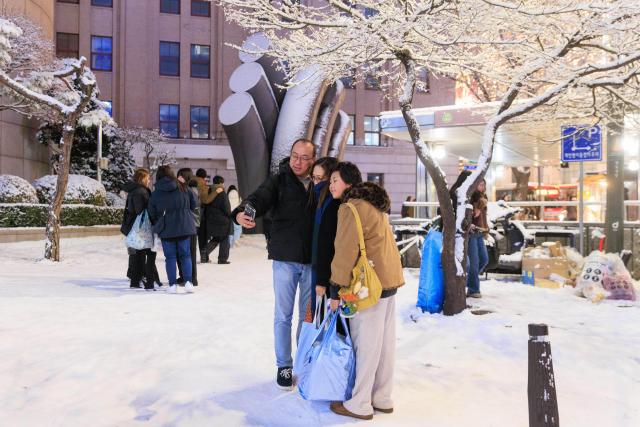
(251205) -- SEOUL, Dec. 5, 2025 (Xinhua) -- People take selfies in Seoul, South Korea, on Dec. 4, 2025. Seoul on Thursday saw its first snowfall of this year. (Photo by Park Jintaek/Xinhua)

(251205) -- SEOUL, Dec. 5, 2025 (Xinhua) -- People walk in snow in Seoul, South Korea, on Dec. 4, 2025. Seoul on Thursday saw its first snowfall of this year. (Photo by Park Jintaek/Xinhua)

(251205) -- SEOUL, Dec. 5, 2025 (Xinhua) -- People walk in snow in Seoul, South Korea, on Dec. 4, 2025. Seoul on Thursday saw its first snowfall of this year. (Photo by Park Jintaek/Xinhua)
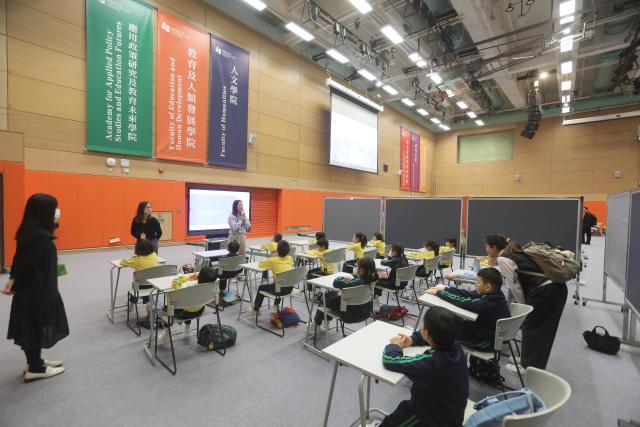
(251205) -- HONG KONG, Dec. 5, 2025 (Xinhua) -- Students have a class at a temporary learning space set up on campus of the Education University of Hong Kong in south China's Hong Kong, Dec. 4, 2025. The Education University of Hong Kong, located in Tai Po District, activated its emergency response mechanism and formulated a series of measures to support affected students and residents following the Tai Po fire. In addition to opening certain indoor sports facilities and other campus amenities, the university has also recruited retired teachers, psychologists, and others to provide temporary learning spaces and emotional support for families and students affected by the fire. (The Education University of Hong Kong/Handout via Xinhua)
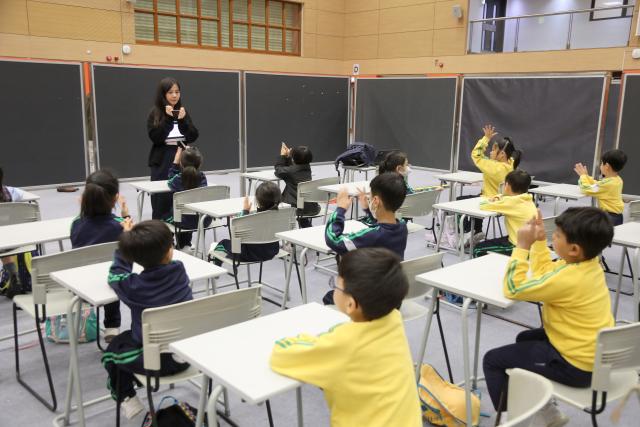
(251205) -- HONG KONG, Dec. 5, 2025 (Xinhua) -- Students have a class at a temporary learning space set up on campus of the Education University of Hong Kong in south China's Hong Kong, Dec. 4, 2025. The Education University of Hong Kong, located in Tai Po District, activated its emergency response mechanism and formulated a series of measures to support affected students and residents following the Tai Po fire. In addition to opening certain indoor sports facilities and other campus amenities, the university has also recruited retired teachers, psychologists, and others to provide temporary learning spaces and emotional support for families and students affected by the fire. (The Education University of Hong Kong/Handout via Xinhua)